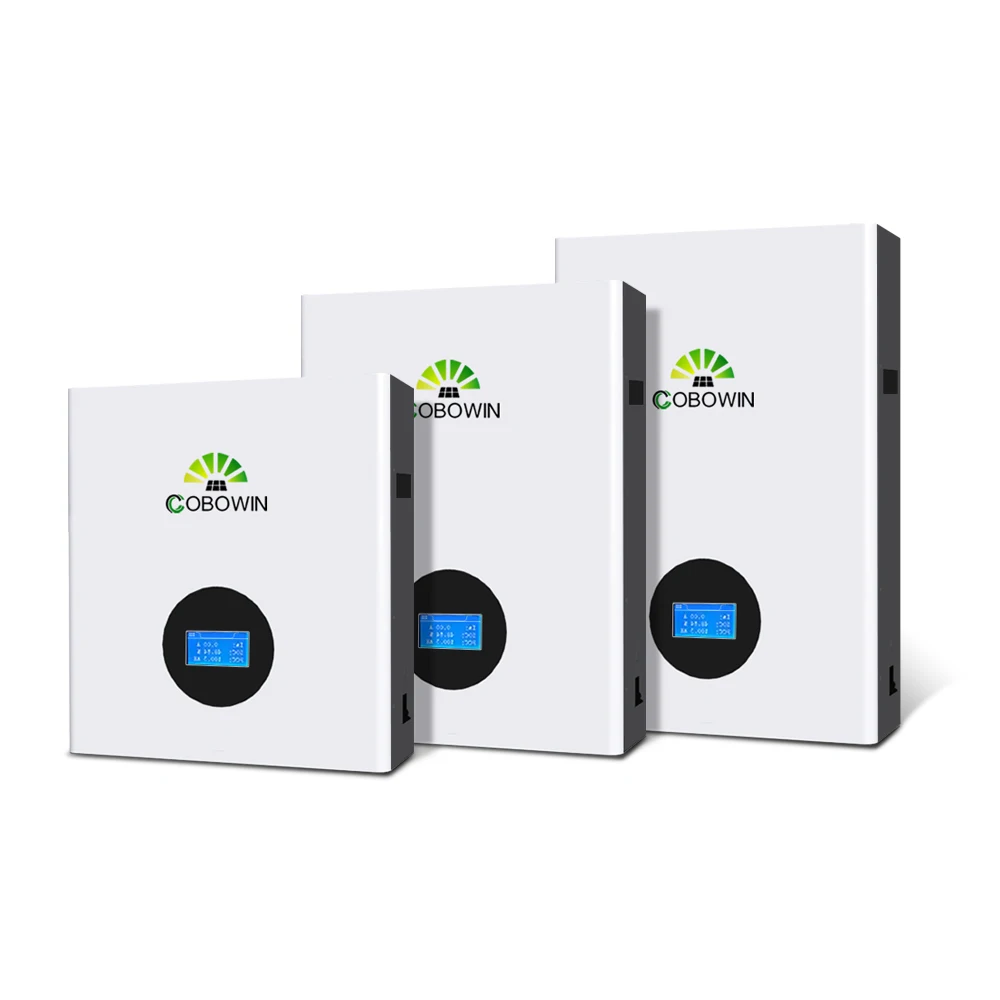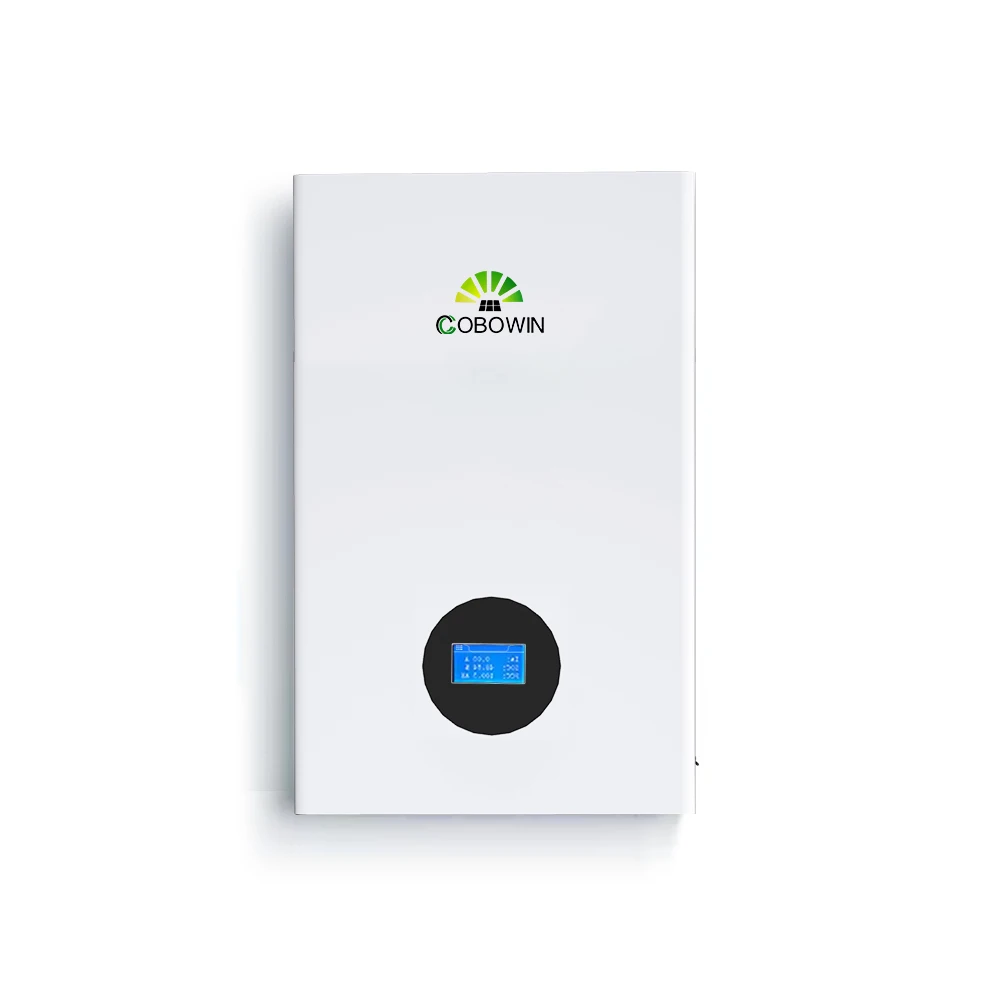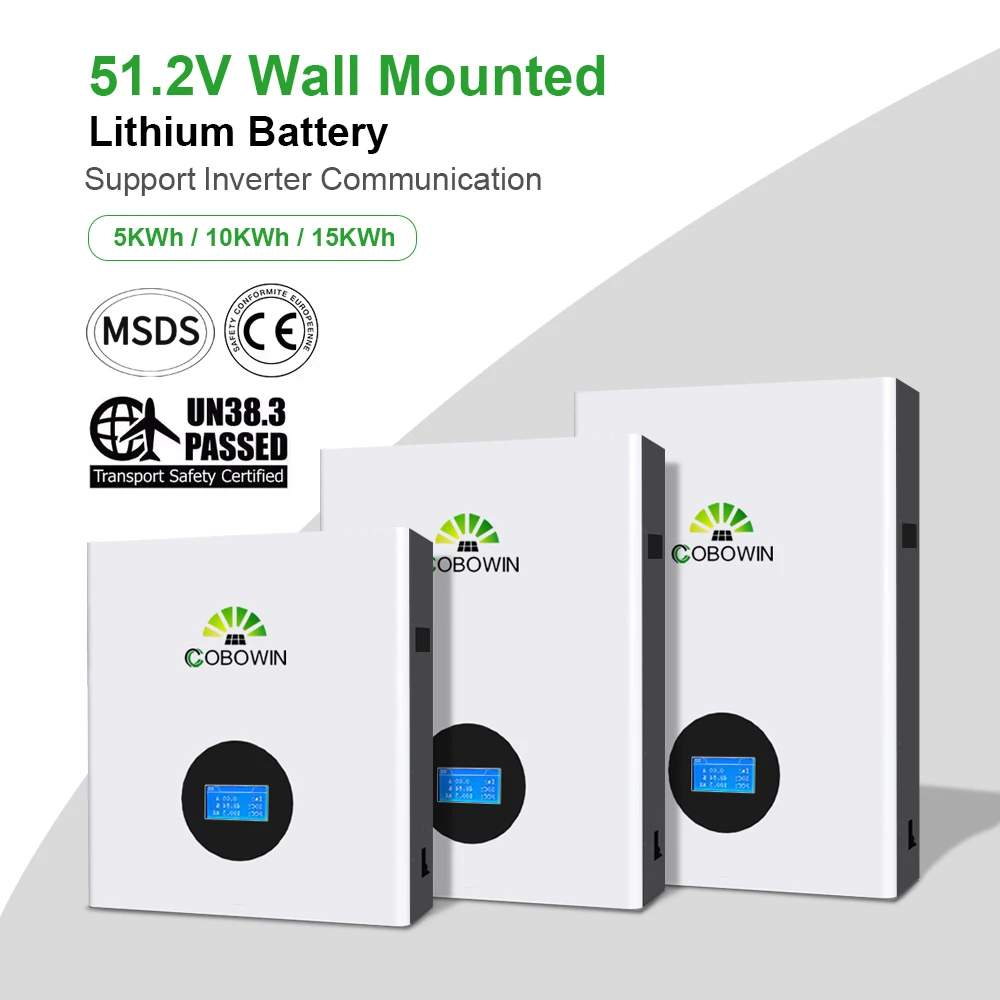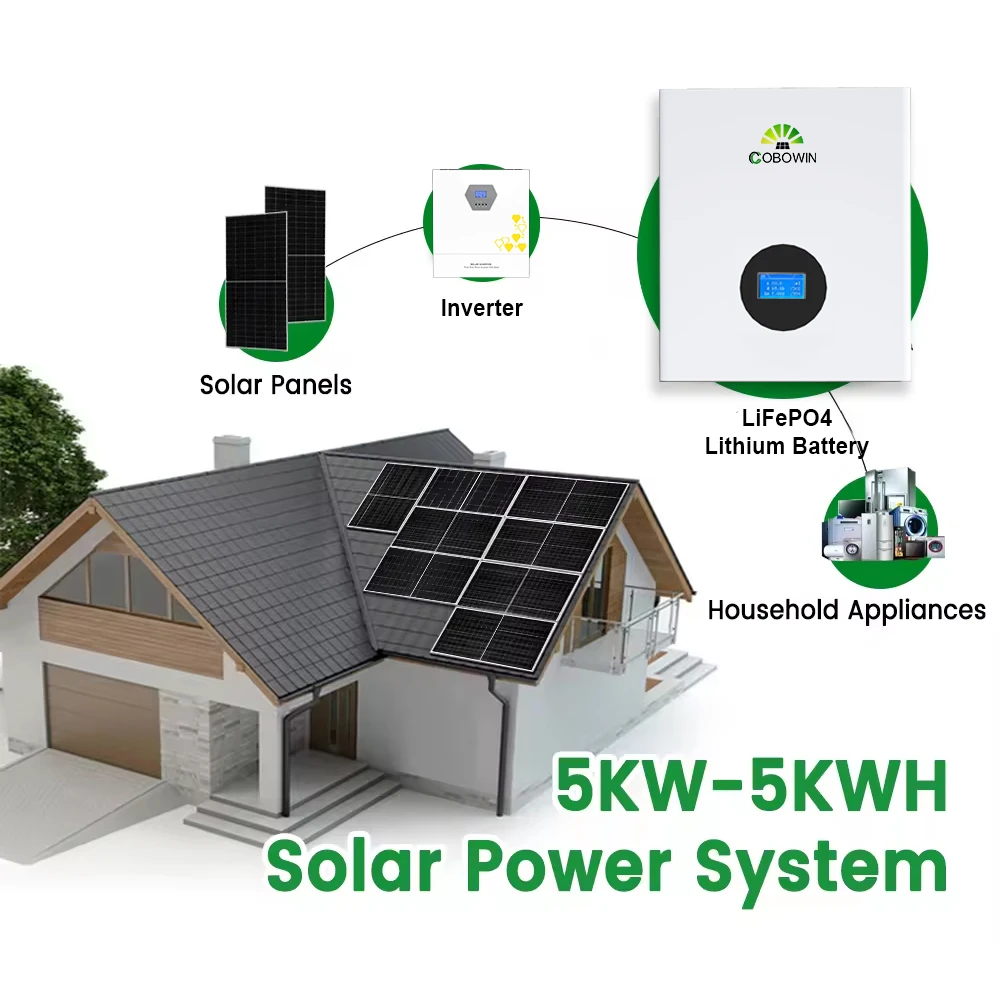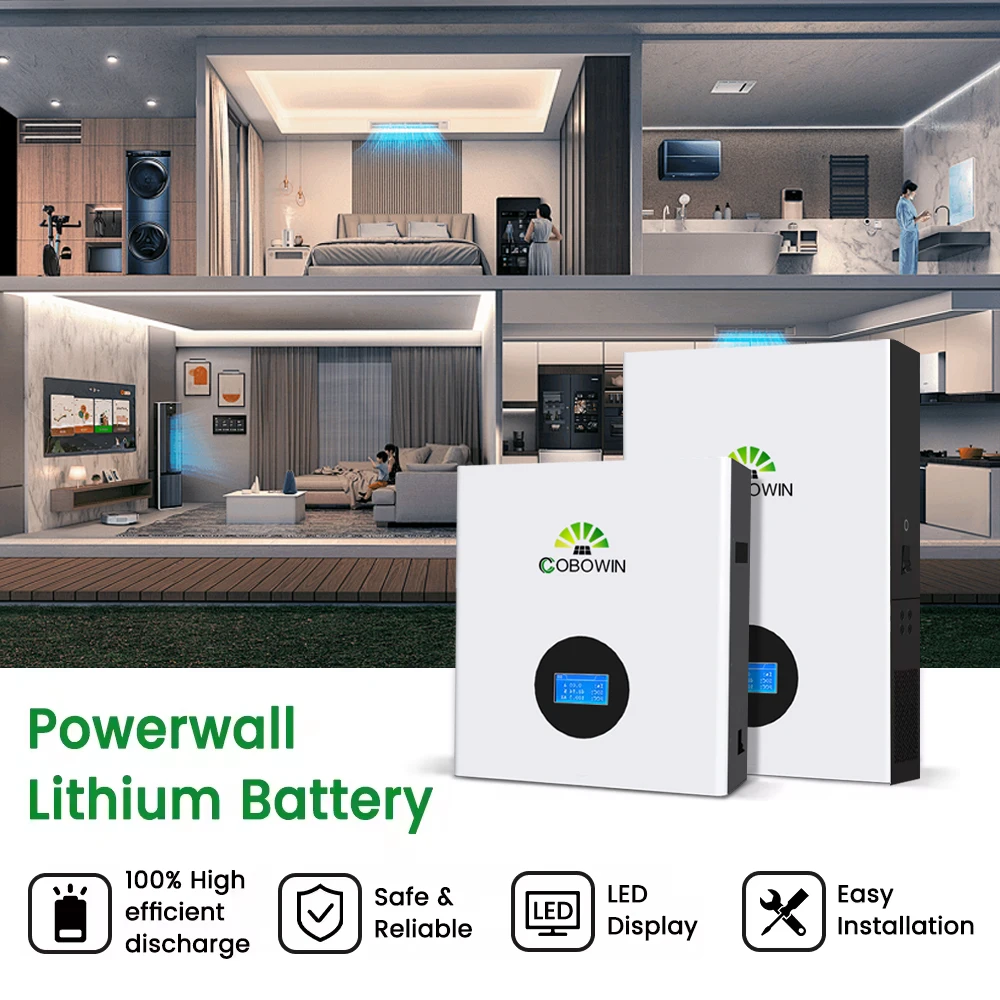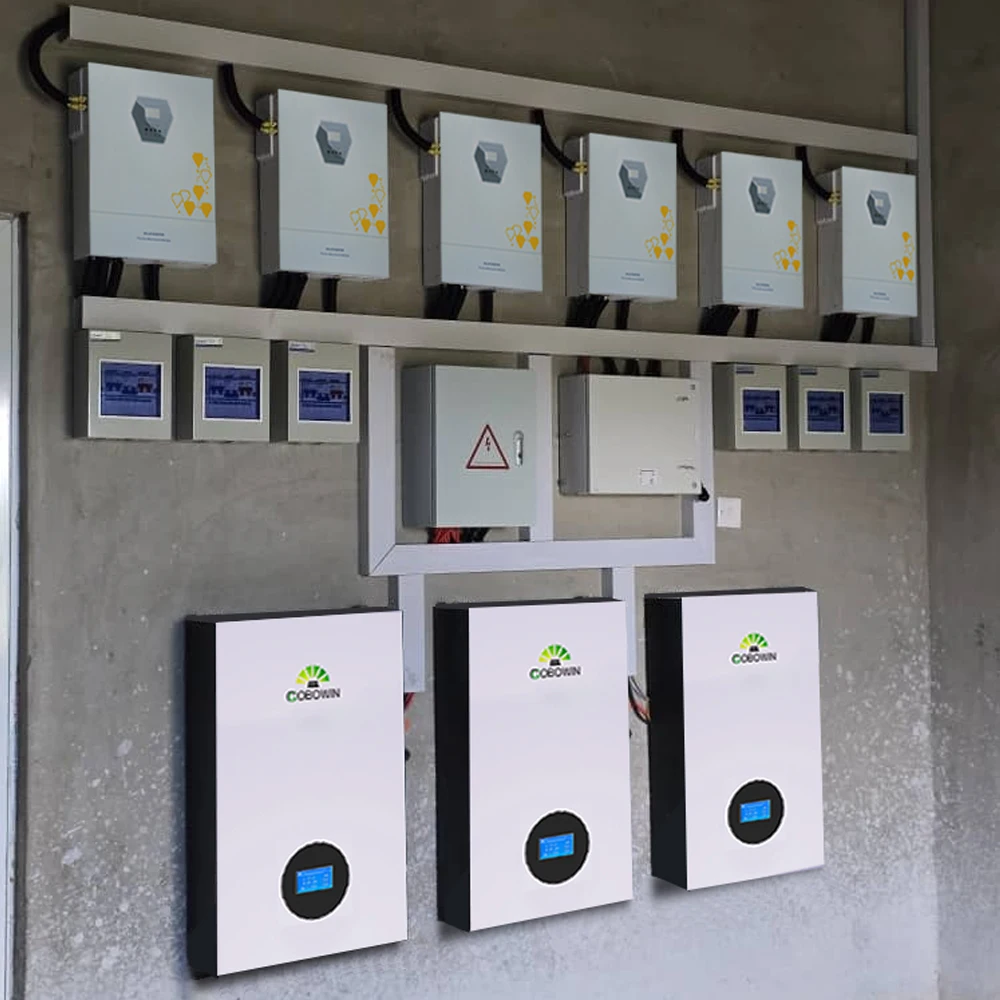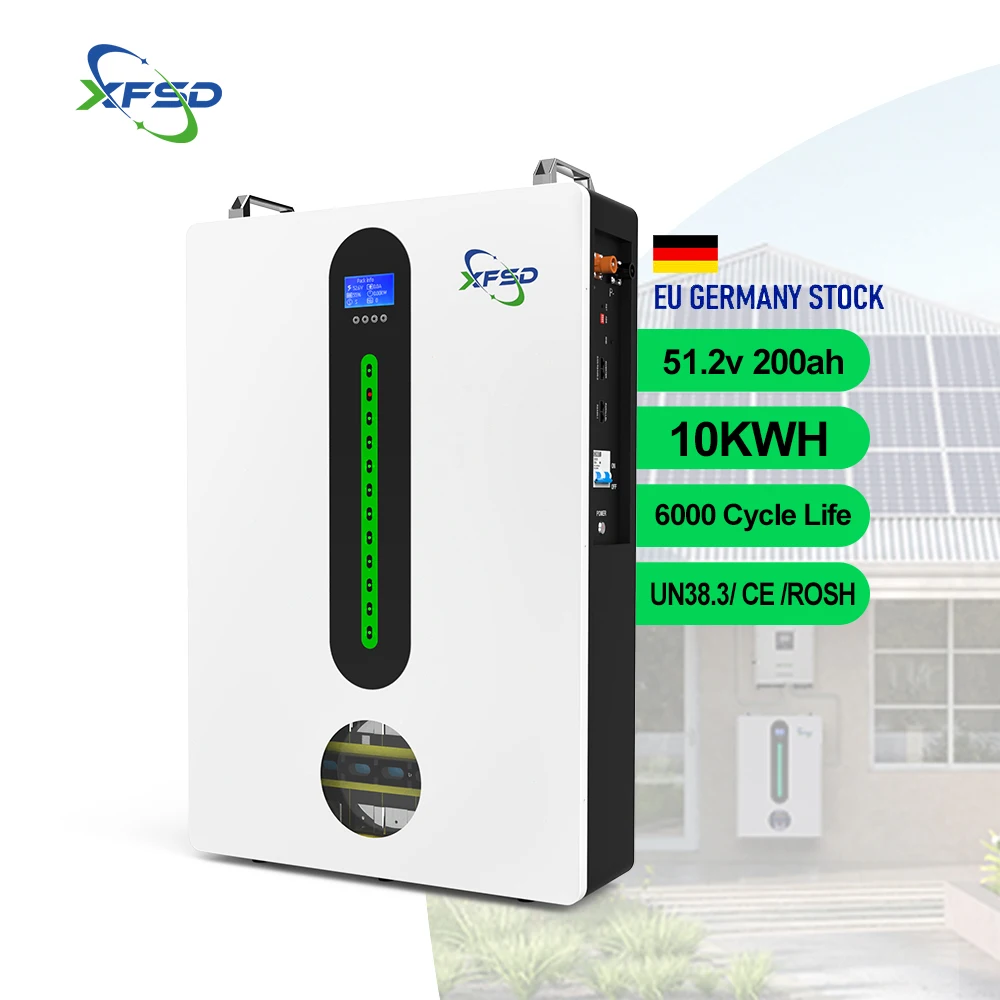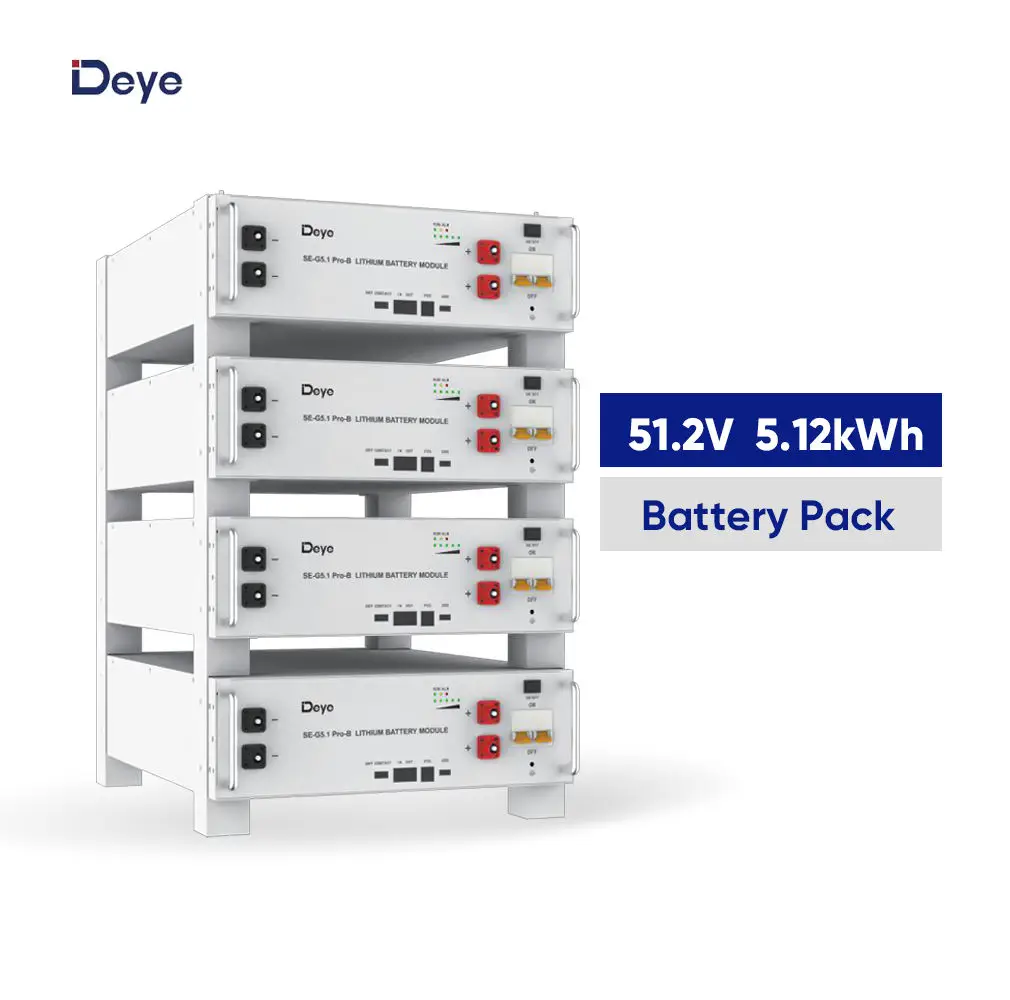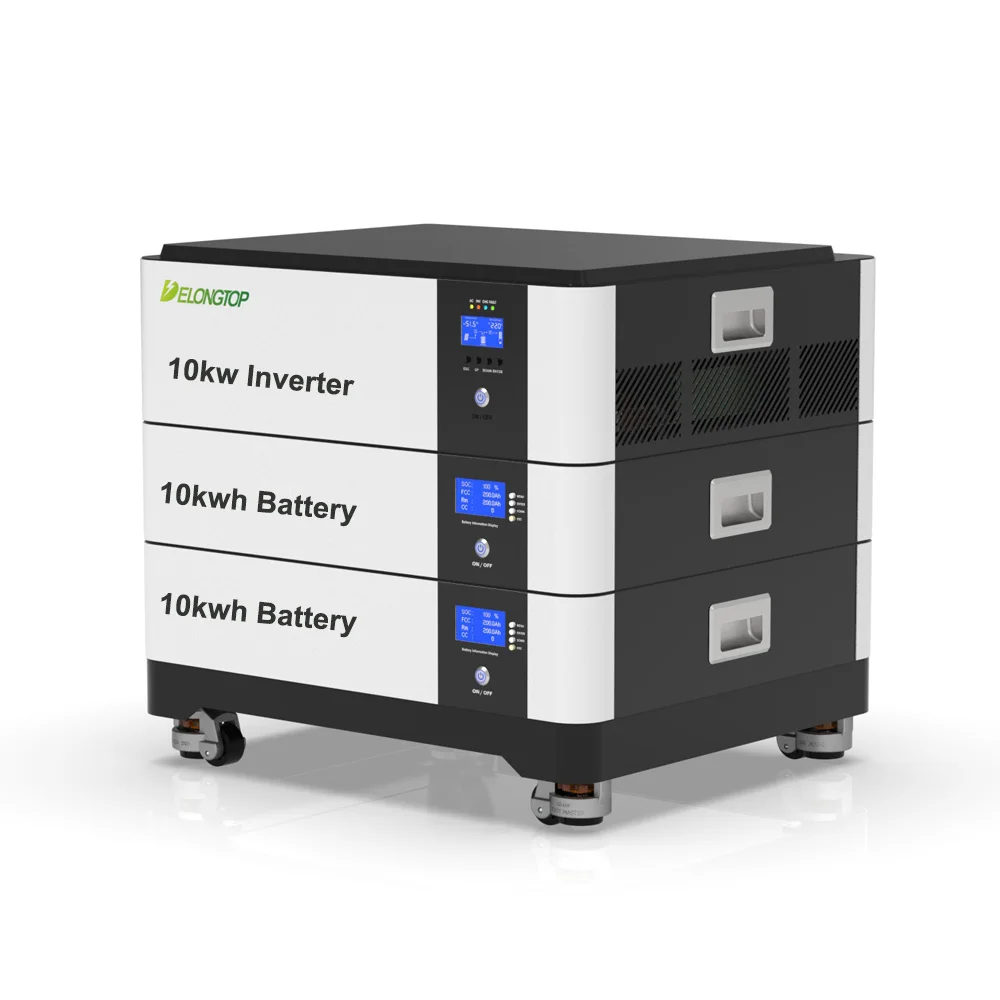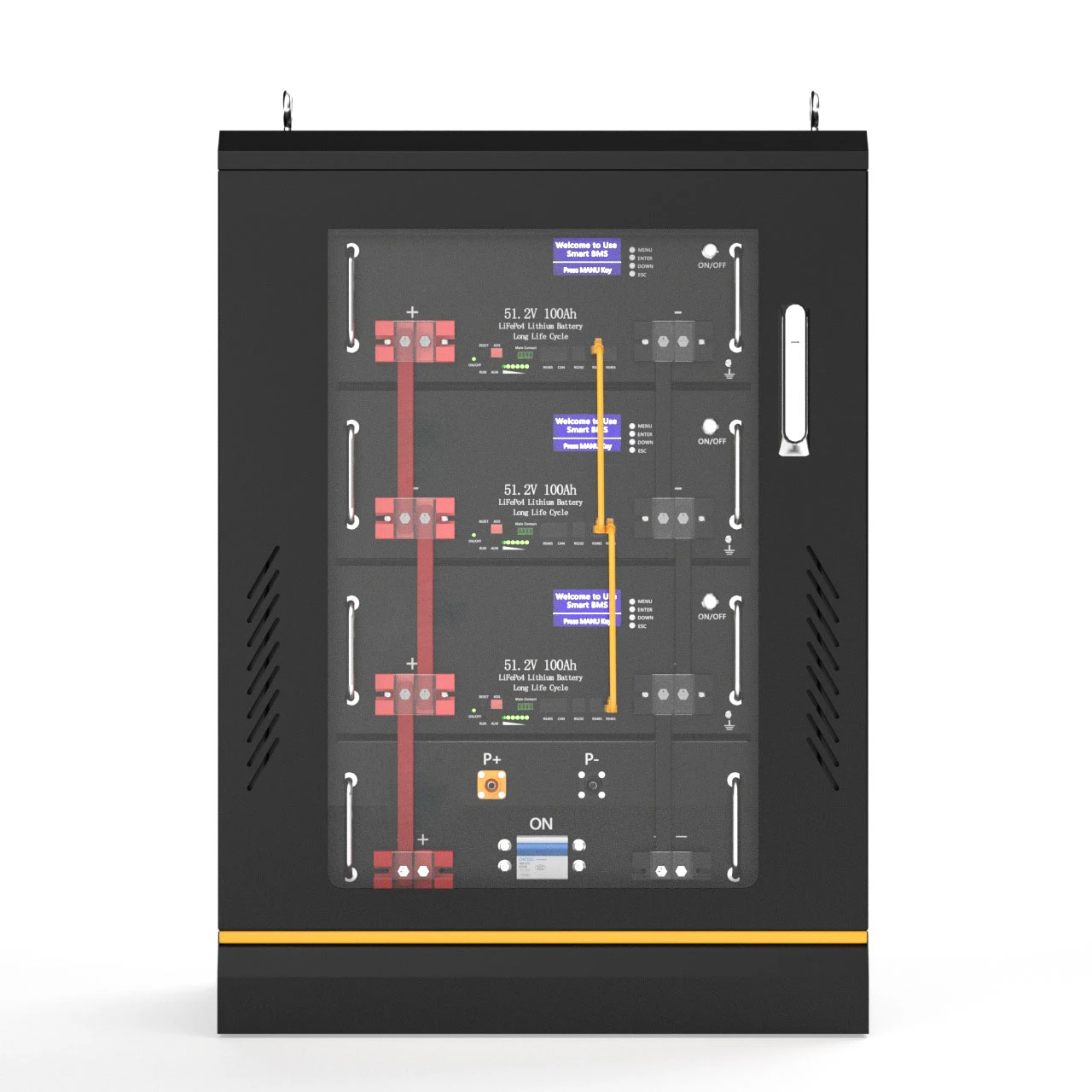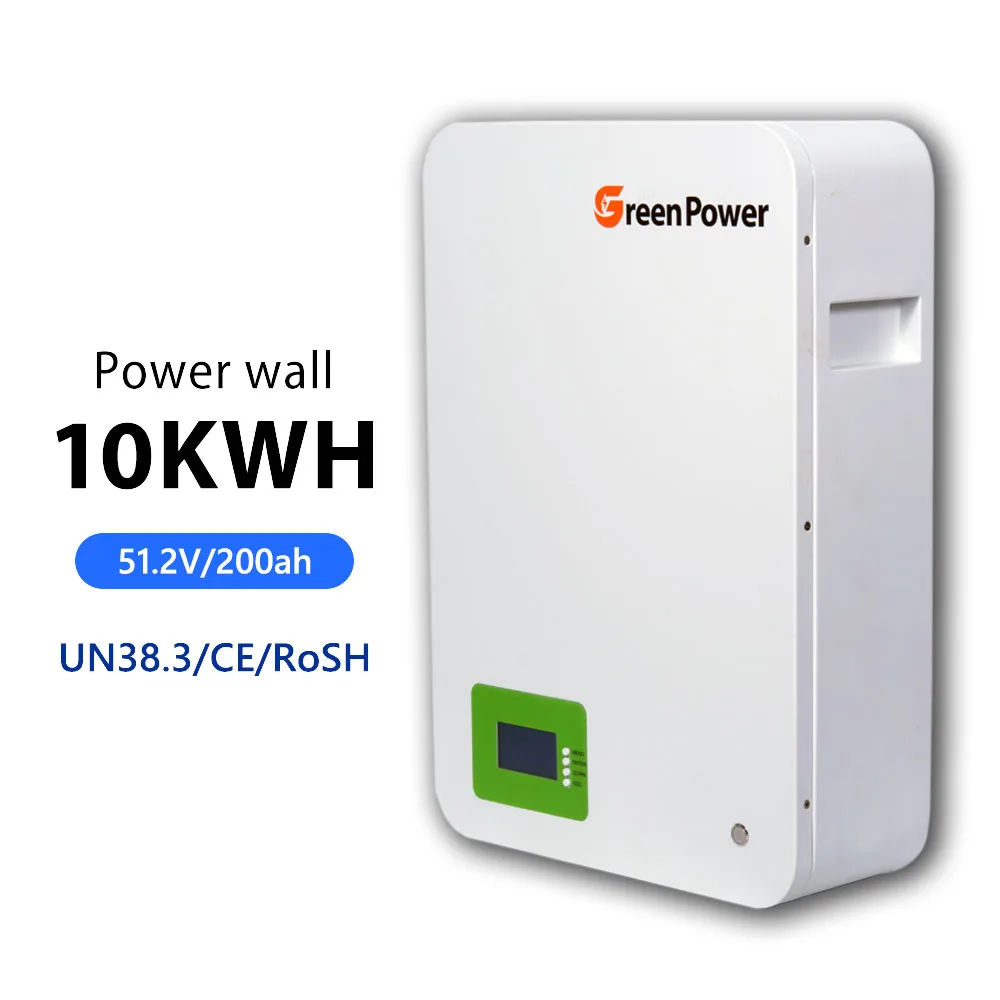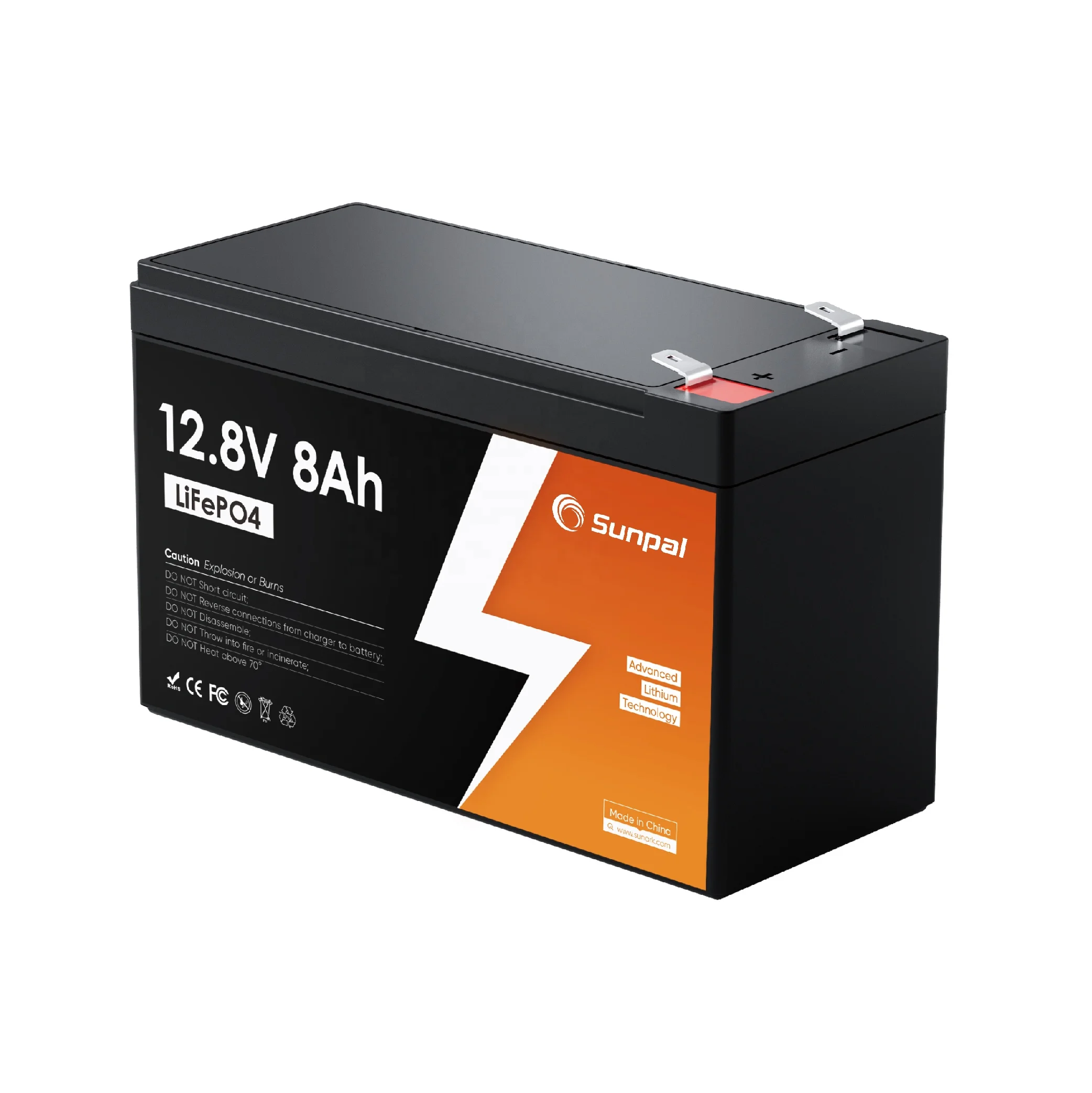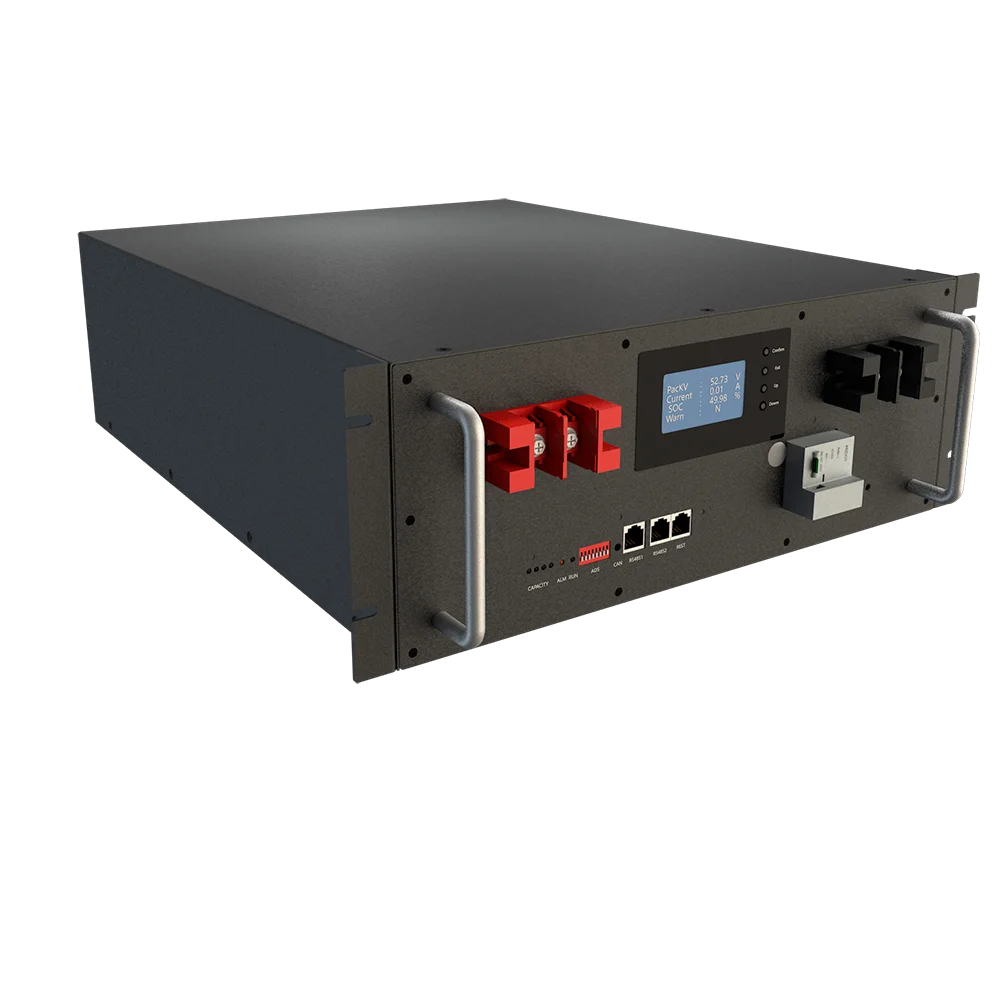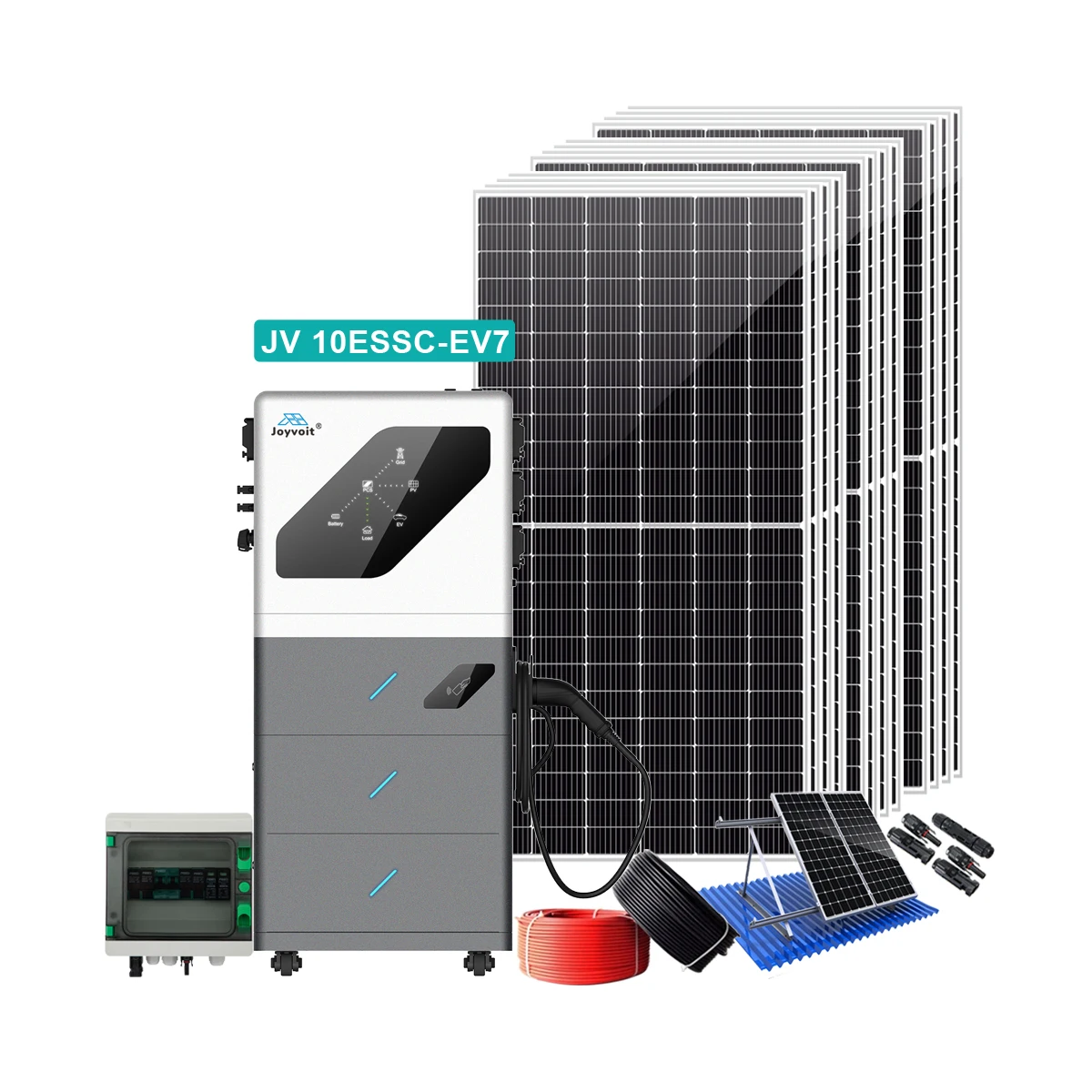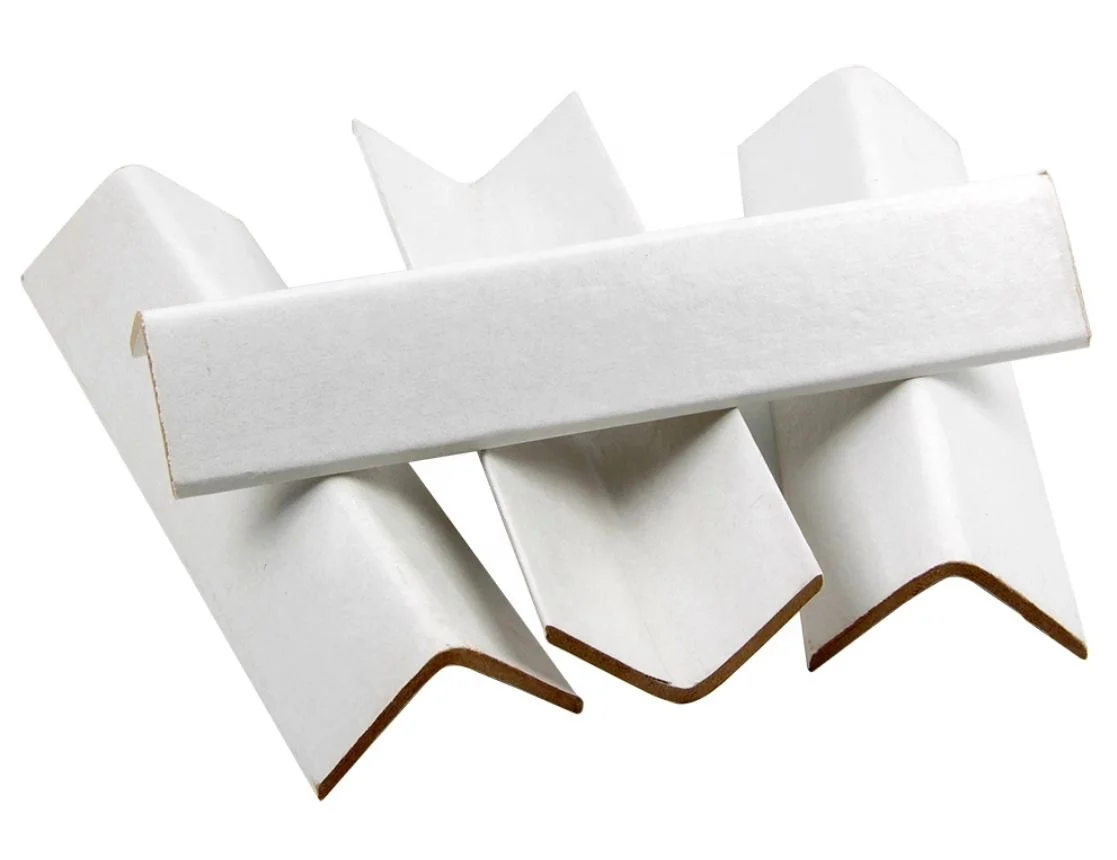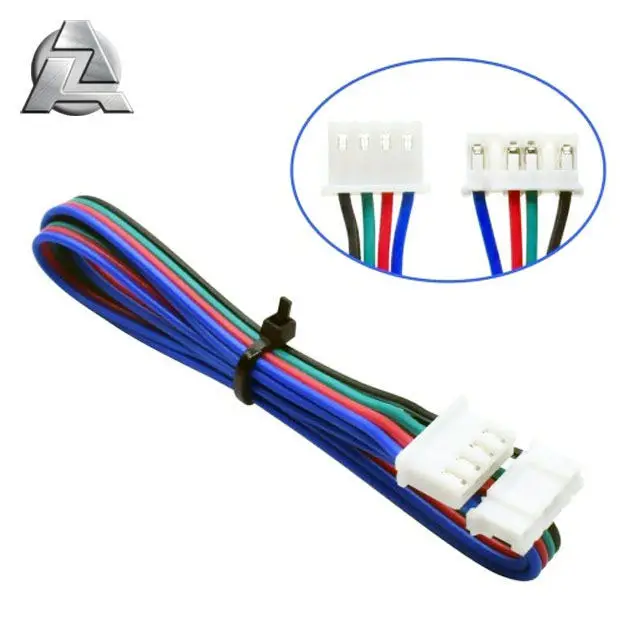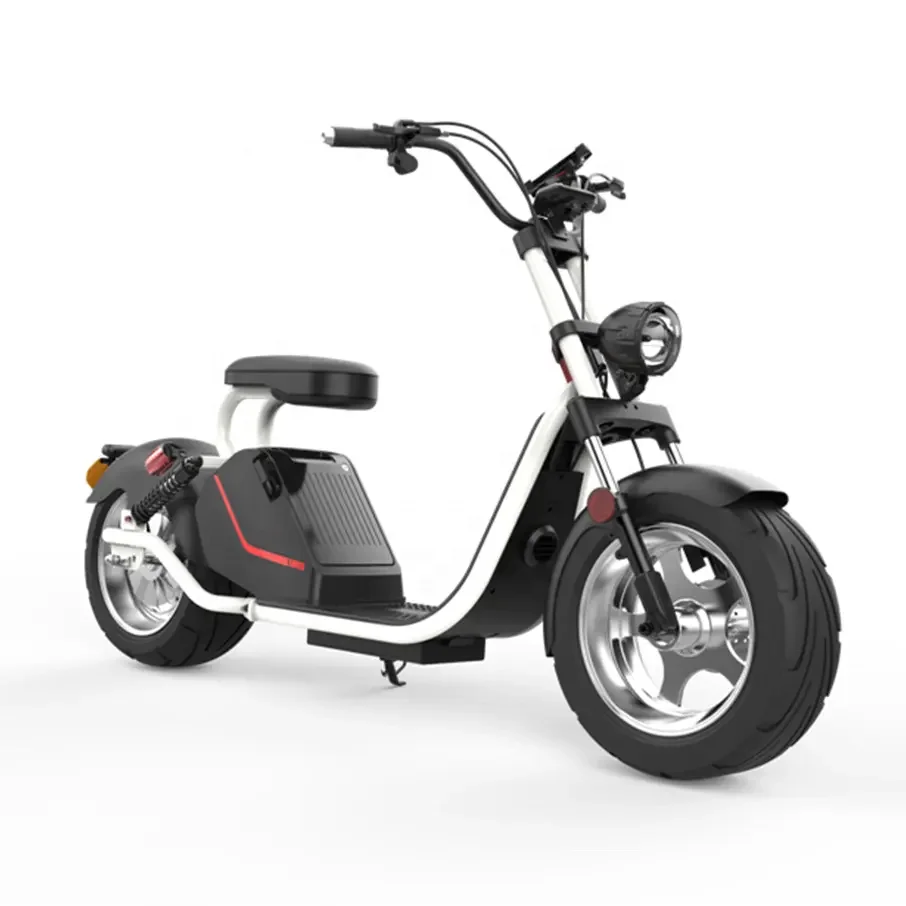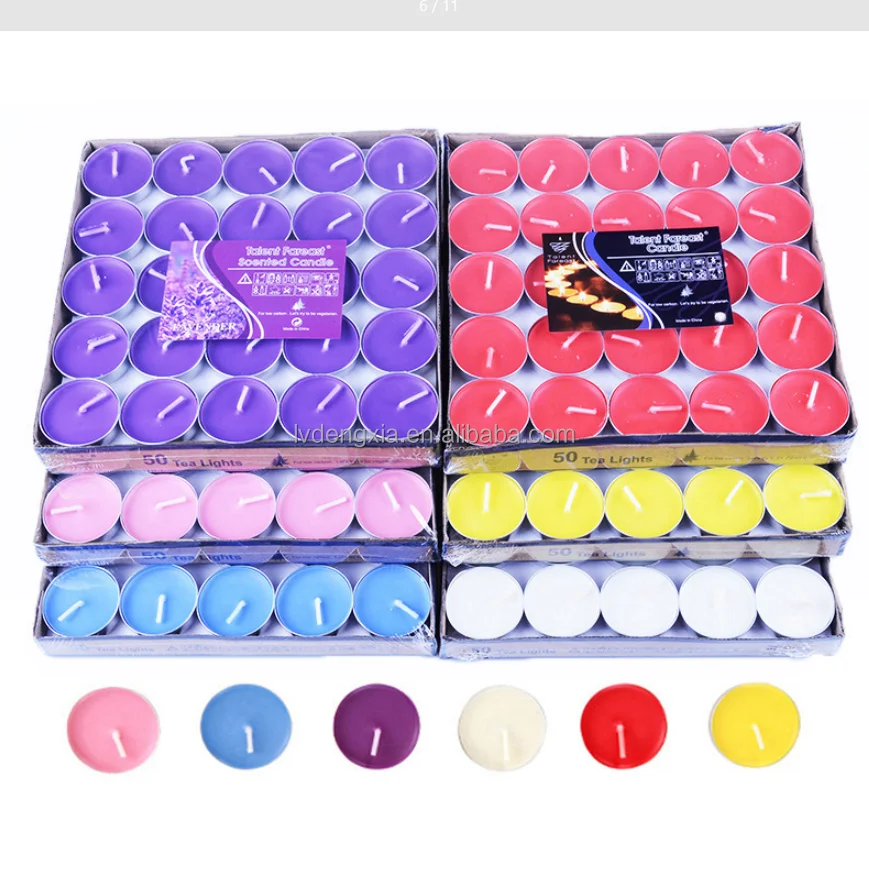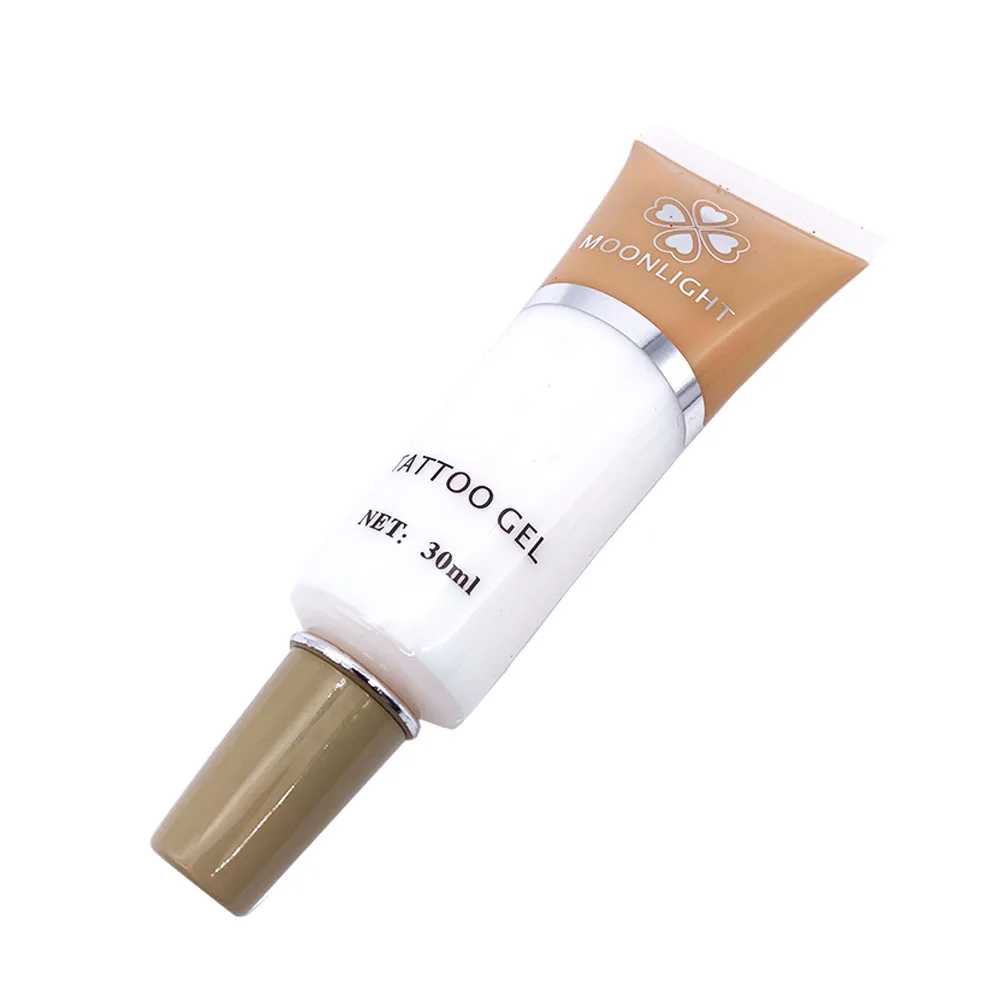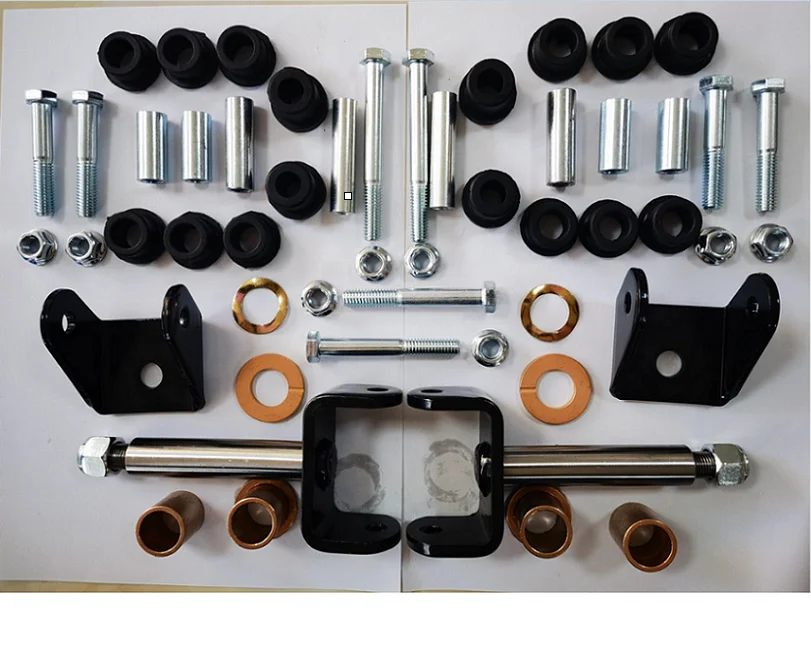51.2V 100Ah 200Ah Grade A BRAND New Arrival Cheap Wall Mount LiFePo4 Battery
- Category: >>>
- Supplier: Shenzhen Cobowin Technology Co. Ltd.Shenzhen Ltd.
Share on (1601251803110):
Product Overview
Description
Wall-Mounted Home Use 48v 100ah Power Storage Wall Lithium Ion LiFePo4 Battery Pack For Solar System
Product Description
Technical Advantages
Ultra thin wall-mounted design, beautiful and atmospheric, perfectly integrated into home
Vehicle level BMS system with protection functions such as overcharge ,overdischarge, overcurrent,high and low temperature.
Vehicle level BMS system with protection functions such as overcharge ,overdischarge, overcurrent,high and low temperature.
Equipped with LED screen to display voltage, current, temperature, and other information, convenient for users to check.
Support up to 15 sets of battery parallel to meet with high power demands
Item No | HN007 |
Battery Type | LifePO4 |
Maximum Parallel Connections | 16cells in parallel |
Certificate | UN38.8 EMC ROHS CE |
Output Power Range | 5 kWh |
Product size | Inverter: 440*350*130 mm Battery pack: 640*398140 mm |
Product weight | Inverter:12KG Battery pack: 48KG |
System Type | Wall-mounted |
Communication Port | CAN, RS485 |
Protection Class | IP65 |
Grid connection | Off grid, Hybrid grid |
Warranty time | 10 year |
Combinatorial Approach | 16S1P |
Rated Battery Voltage | 51.2V |
Nominal Rating | 5.12KWH |
Nominal Capacity | 100Ah |
Operating Voltage Range | 45.6V-56.16V |
Nominal charging Current | 50A |
Max charge Current | 100A |
Product name | home energy storage battery wall- mounted power |
Company Profile


Certifications

FAQ
How many cycles does our home storage battery?
We'd like to explain this in terms of battery cycles. One cycle refers to the complete charging and discharging of a battery. In our monitoring platform, you can see graphically how much your battery has been charged or discharged on a given day. You'll notice that achieving a full cycle per day is rare.Studies have shown that, considering our climate and a battery system that is properly adapted to your situation, approximately 280 cycles per year are required. Therefore, over a span of 20 years, you would need about 5,600 cycles. We assures that the storage capacity of the home batteries will only drop by a maximum of 20% after 10,000 cycles.
What are LiFePO4 / LFP batteries?
LFP stands for Lithium Iron Phosphate, which refers to the chemical composition of the cathode in a battery cell. Charging or discharging a battery is essentially an electro chemical process. We only uses LFP cells which are known for their thermal stability, technical excellence and outstanding safety. Additionally, these cells are cobalt-free, further enhancing their environmental sustainability and safety profile.
Is a home battery safe?
Safety is of paramount importance for Cobowin. That's why they have chosen the highly safe Lithium Iron Phosphate (LiFePO4 or LFP) chemistry for their home batteries. This chemical composition ensures the cells safe and non-flammable even in extreme conditions. This means that you can pierce the battery or cause a short circuit without risking a fire. The Cobowin home battery is therefore extremely safe.
What is the difference between a lead-acid battery and a Lithium Iron Phosphate (LFP) battery?
Lead batteries are cheaper but have some significant disadvantages compared to lithium batteries. They can only be discharged halfway, requiring a larger battery capacity. In addition, lead batteries are three to four times heavier and take up much more space. In recent years, lithium-ion technology has undergone a gigantic evolution in terms of capacity and price, making the LCC (Life Cycle Cost) much more favourable than for lead-acid batteries. Cobowin only uses Lithium Iron Phosphate (LFP) cells, which are safe;than the lithium batteries used in cars. The chemical composition of LFP cells virtually eliminates the risk of overheating and thermal runaway, making them safe and non-flammable even in extreme conditions. LFP cells also have a long lifespan. Although they are slightly heavier and less compact, this is usually
not a problem in a domestic situation. An additional advantage is that the LFP cells do not contain any cobalt.
We'd like to explain this in terms of battery cycles. One cycle refers to the complete charging and discharging of a battery. In our monitoring platform, you can see graphically how much your battery has been charged or discharged on a given day. You'll notice that achieving a full cycle per day is rare.Studies have shown that, considering our climate and a battery system that is properly adapted to your situation, approximately 280 cycles per year are required. Therefore, over a span of 20 years, you would need about 5,600 cycles. We assures that the storage capacity of the home batteries will only drop by a maximum of 20% after 10,000 cycles.
What are LiFePO4 / LFP batteries?
LFP stands for Lithium Iron Phosphate, which refers to the chemical composition of the cathode in a battery cell. Charging or discharging a battery is essentially an electro chemical process. We only uses LFP cells which are known for their thermal stability, technical excellence and outstanding safety. Additionally, these cells are cobalt-free, further enhancing their environmental sustainability and safety profile.
Is a home battery safe?
Safety is of paramount importance for Cobowin. That's why they have chosen the highly safe Lithium Iron Phosphate (LiFePO4 or LFP) chemistry for their home batteries. This chemical composition ensures the cells safe and non-flammable even in extreme conditions. This means that you can pierce the battery or cause a short circuit without risking a fire. The Cobowin home battery is therefore extremely safe.
What is the difference between a lead-acid battery and a Lithium Iron Phosphate (LFP) battery?
Lead batteries are cheaper but have some significant disadvantages compared to lithium batteries. They can only be discharged halfway, requiring a larger battery capacity. In addition, lead batteries are three to four times heavier and take up much more space. In recent years, lithium-ion technology has undergone a gigantic evolution in terms of capacity and price, making the LCC (Life Cycle Cost) much more favourable than for lead-acid batteries. Cobowin only uses Lithium Iron Phosphate (LFP) cells, which are safe;than the lithium batteries used in cars. The chemical composition of LFP cells virtually eliminates the risk of overheating and thermal runaway, making them safe and non-flammable even in extreme conditions. LFP cells also have a long lifespan. Although they are slightly heavier and less compact, this is usually
not a problem in a domestic situation. An additional advantage is that the LFP cells do not contain any cobalt.
We Recommend
New Arrivals
New products from manufacturers at wholesale prices
